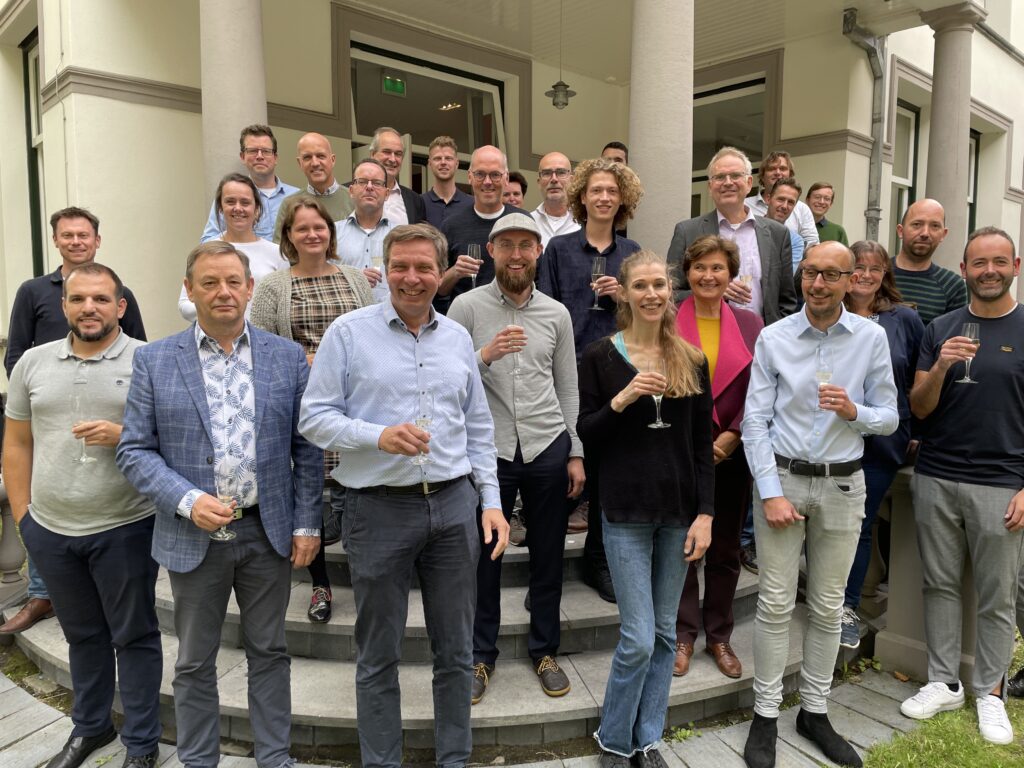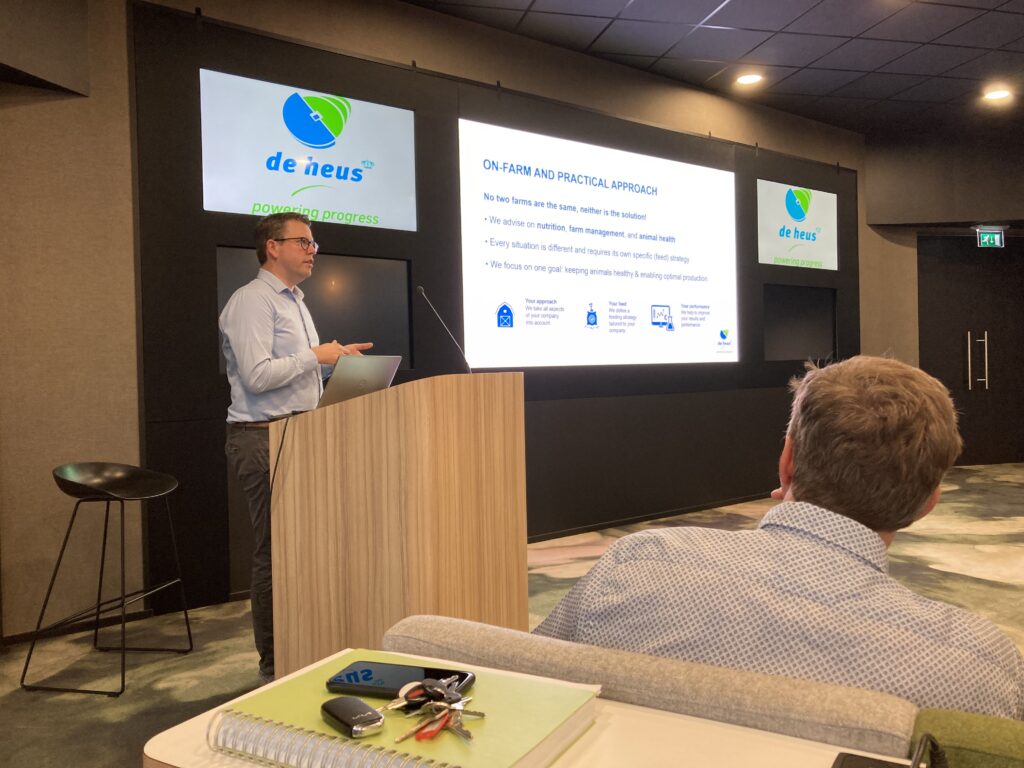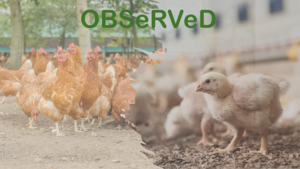Poultry is the largest source of animal protein for human consumption in the world and because of its relatively low production costs and carbon footprint, and absence of religious barriers, poultry production is essential to feed the growing world population (FAO, 2018). The Netherlands is an important export country for poultry eggs and meat with 32 million laying hens and 49 million broiler chickens on 1200 farms (CBS, 2020). In livestock farming, and especially in poultry, the large-scale operations and high production efficiency requirements make animals very vulnerable to infections. At the same time, societal demands are resulting in reduced use of antimicrobials in animal feed, more poultry with access to an outdoor range and changes to organic and more circular feed concepts. These developments substantially benefit, but paradoxically may also threaten the sustainability of poultry production. For example, increased contact with the outdoor world increases infection risks and novel feeding concepts may reduce intestinal health. This may have a negative impact on chicken health and welfare, production efficiency and ecological footprint and increases farmhouse emissions and risks for foodborne infections. Therefore, to make these transitions in livestock farming possible, we need to invest in novel methods to improve veterinary health.
Currently, many infections are not discovered until after widescale spread within or between flocks, or after foodborne or other zoonotic infections affecting public health have already occurred. For example, intestinal colonisations with Campylobacter and Salmonella often remain undetected, and are therefore the most common causes of food poisoning of consumers of eggs or meat (Maran, 2020). Also, severe intestinal inflammation with Clostridium perfringens (also a zoonotic pathogen) often does not occur until widespread flock infection with Eimeria (a protozoal intestinal parasite) has occurred (Timbermont et al., 2011). And red blood mites between the feathers of chickens do not become visible until they are so numerous that they accumulate in the housing system (Flochlay et al., 2017). At a late stage of detection, when most damage already has been done, it is also too late for preventive interventions, which results in more rigorous treatments of entire flocks with antibiotics or chemicals. These treatments can induce antibiotic resistance and leave residues in poultry products and the environment.
In this project, we aim at two highly prevalent and impactful cases:
- Intestinal diseases, especially in meat-producing (broiler) chickens, as these are highly prevalent, have a severe health and welfare impact, are associated with the use of antimicrobial drugs, risks for food-borne infections in humans, reduce the efficiency of feed digestion and increase the carbon footprint and emissions from poultry houses
- Red blood mite infestations, which is the most prevalent and damaging ectoparasite of laying hens worldwide, with substantial impacts on animal welfare and production efficiency of laying hens and are often treated with chemicals.
Many success stories with electronic nose (e-nose) based systems as non-invasive early warning systems to detect human, animal and plant infections, infestations or spoilage of crops or meat have been reported. They allow for early interventions to prevent exacerbations of the problem and improve control and recovery (Wilson, 2018). However, for poultry and other livestock farming, where early detections and interventions can have such a great impact on the reduction of spread between animals and farms and development of (more severe) diseases or welfare problems, such systems are not yet available. Therefore, this project is submitted within the route “Measurement and Detection”, and specifically under the sub-theme “Bringing the lab to the situation”, i.e., develop technologies to measure at the location where the process takes place. One of the ways to create such an early warning system is based on the volatile organic compounds (VOCs) that are generated by ectoparasite infestations and infections or bacterial disbalances at gut level. In this project, we propose to pursue the possibilities to use these VOCs as biomarkers for early detection. To realize this, we will study the relation between the VOCs and diseases, and simultaneously develop a compact and economically viable electronic nose system which will be able to detect low concentrations of these VOCs.In view of the societal problem that is addressed, the goal of this project also perfectly matches the NWA route “Sustainable production of safe and healthy food”, because all the potential outcomes of early disease detection will contribute to a sustainable approach to farming (cluster question 15).It should be noted that the proposed electronic nose system (cluster question 121) also enables detection of VOCs and other gases in many other applications like food storage, criminal detection, predictive maintenance, environmental monitoring, employee safety etc.


